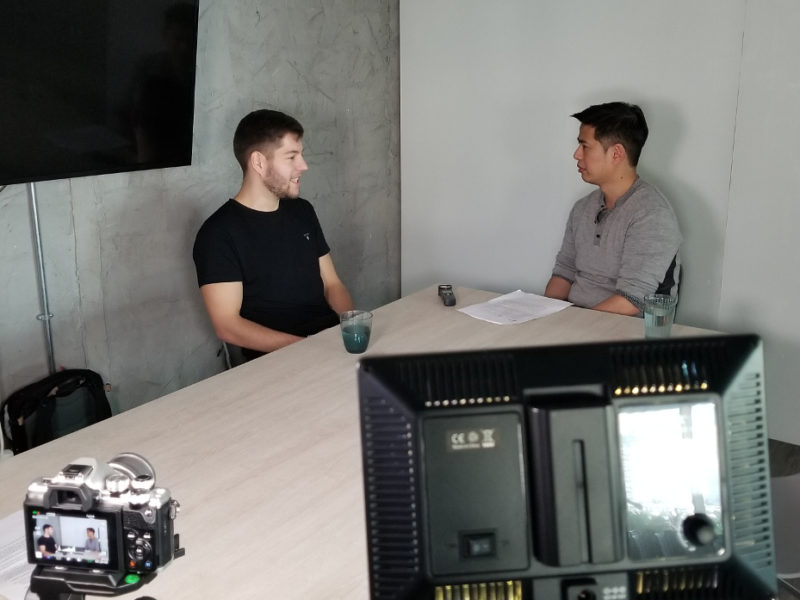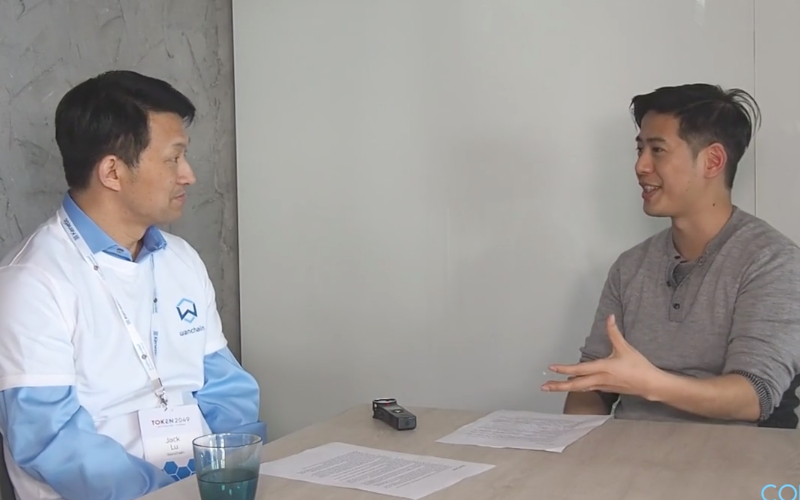
One of the beautiful things about Ethereum is that every single transaction happening on its blockchain is open to the world. From a data perspective, this means that there is an abundance of interesting analyses we can perform, and insightful metrics we can calculate from these transactions.
In particular, one area that has not yet received much attention yet is token retention - that is, what % of wallets hold onto their tokens over some time. Given the popularity of “HODL”, it’s quite surprising that we haven’t seen many hard metrics on token retention yet (although Dhruve Bansal did perform
an excellent piece of analysis on Bitcoin’s “HODL Waves”). After all, the transactional data of ERC20 tokens are readily available for us to study.
Dealing with Ethereum data is not exactly plug-and-play, but at CoinFi we ingest these transactions as a part of our data warehouse, allowing for easy access and analysis. But before digging into the data, let’s look at how we define retention.
Read more

Max Kordek, founder of
Lisk shares his story about how ICO helped him as a young entrepreneur get funding in our interview at Token2049. Watch the video to learn more.
Read more

At Token2049, the largest digital asset event in Asia, CoinFi had the privilege to interview NEO's founder Da Hong Fei. Watch the video below to learn Da Hong Fei's vision of NEO's future and what he is most excited about NEO in 2018.
Read more

CoinFi attended Token2049 and had the chance to interview the founder of
Wanchain, Jack Lu. Check out the video below if you're interested to hear more about what Wanchain are excited about in 2018!
Read more

Like most of the ICO space, the CoinFi team follows the work of Ian Balina - a massive influencer with hundreds of thousands of followers across Telegram, Youtube, Twitter and Facebook. His endorsement is widely believed to have a huge impact on the success of an ICO.
Most people in the ICO space would agree that at this point, a positive mention by Balina gives a lot of exposure for an ICO. But what is the impact of an Ian Balina mention? Read on to learn how we quantified the Ian Balina effect.
Read more
This post is actually going to teach you how to avoid getting scammed or phished during ANY tokensale, but as the CoinFi launch gains traction and we receive more and more attention, there are inevitably going to be some scammers trying to con you out of your money.
Read more
To participate in the CoinFi token sale you'll need to give us your Ethereum address. This will be the address you send Ethereum to us through and receive your CoinFi tokens with.
We track your contribution amount by linking this Ethereum address with your account on CoinFi - this process is called whitelisting.
That sounds simple enough, but there are a few things we need to specify first:
- Only a whitelisted Ethereum address can participate in the token sale.
- You can't contribute by sending Ethereum directly from an exchange such as Coinbase, Kraken, or anywhere else. You'll need to create your own Ethereum wallet and use that address to send in your contribution.
In this article, we'll show you exactly how to create your own wallet, how to send your Ethereum from somewhere like Coinbase to your wallet, and how to send your Ethereum to us when the token sale begins.
Read more




